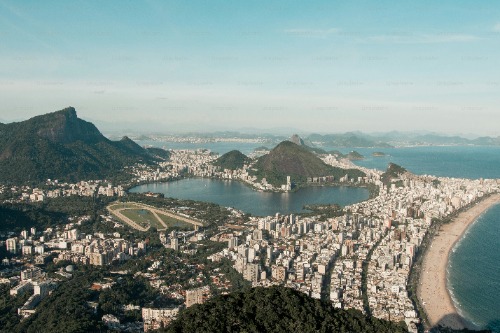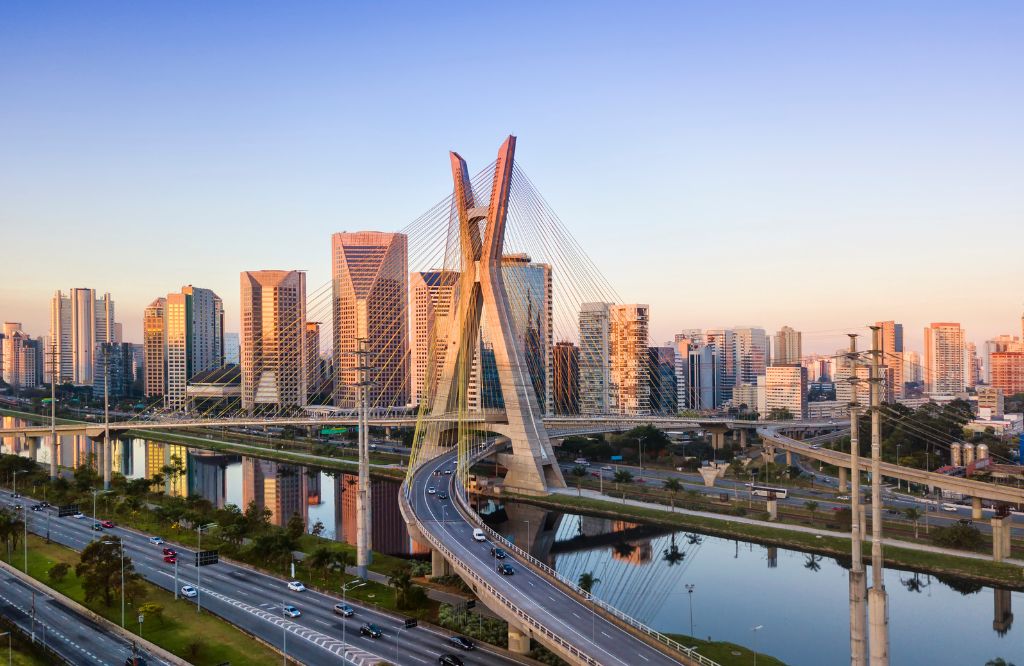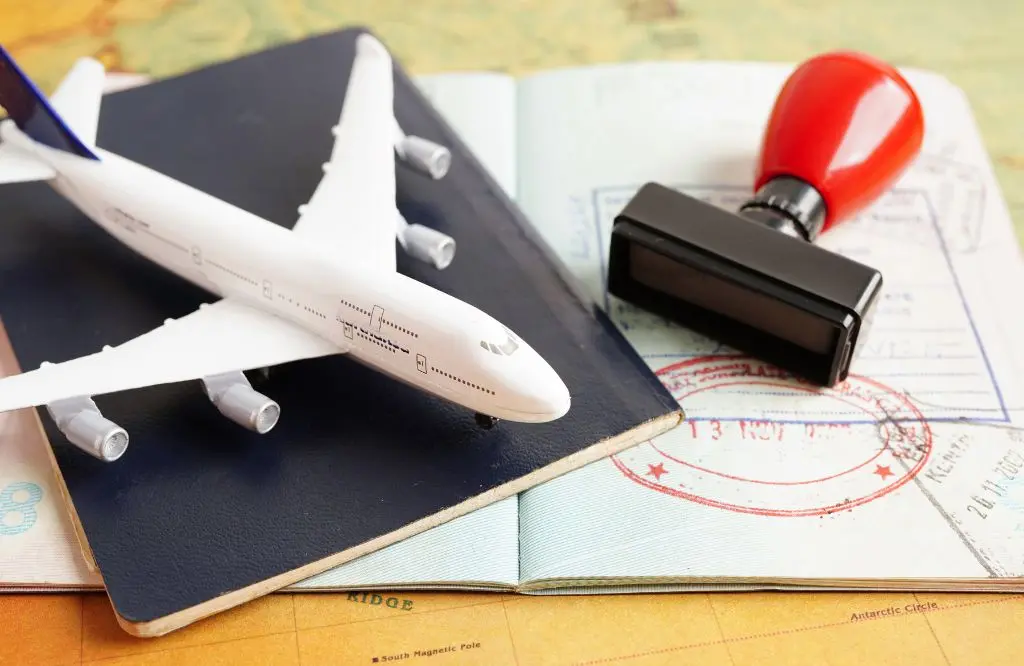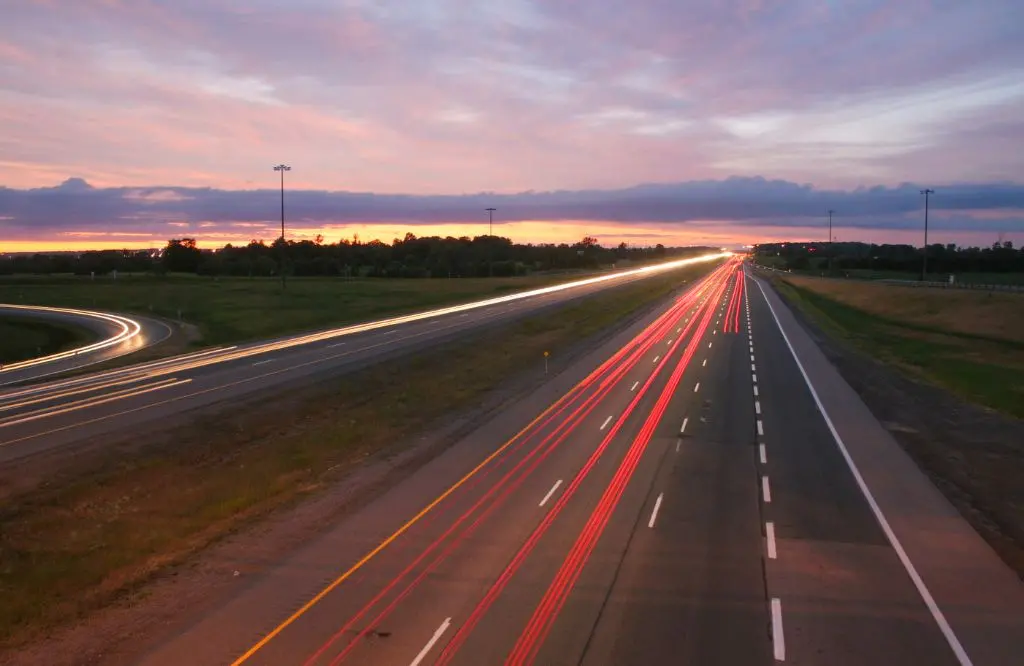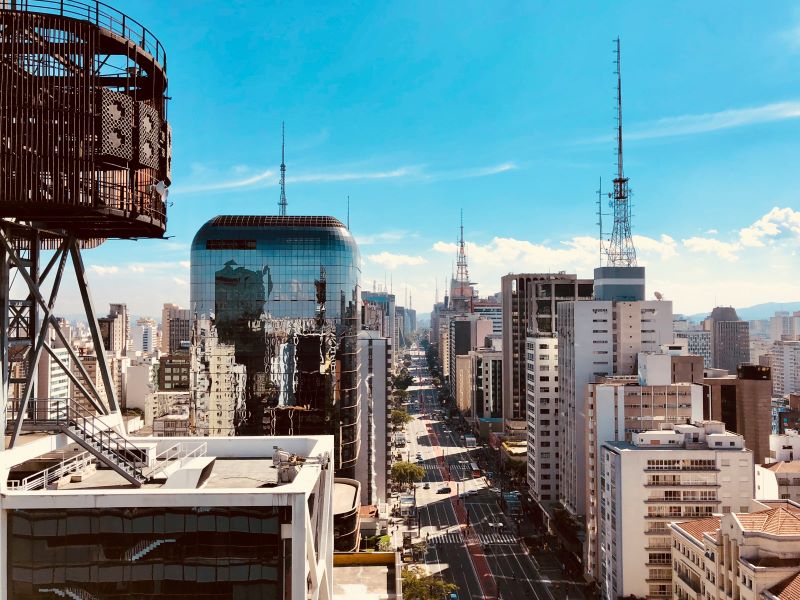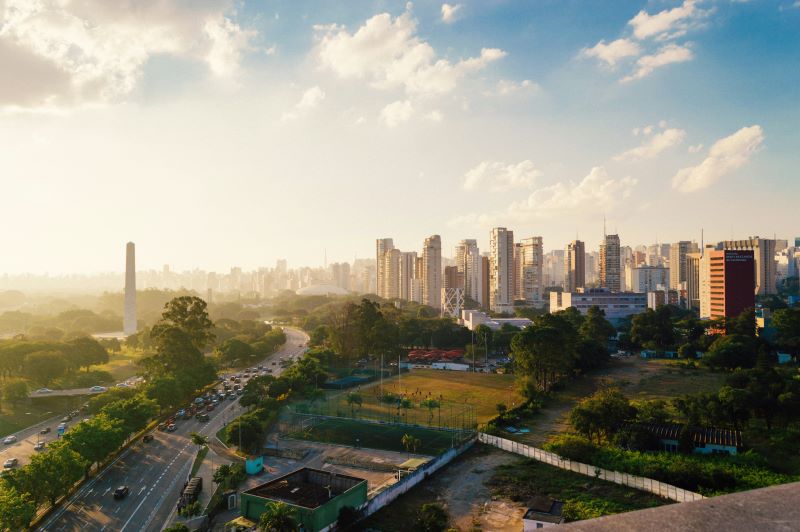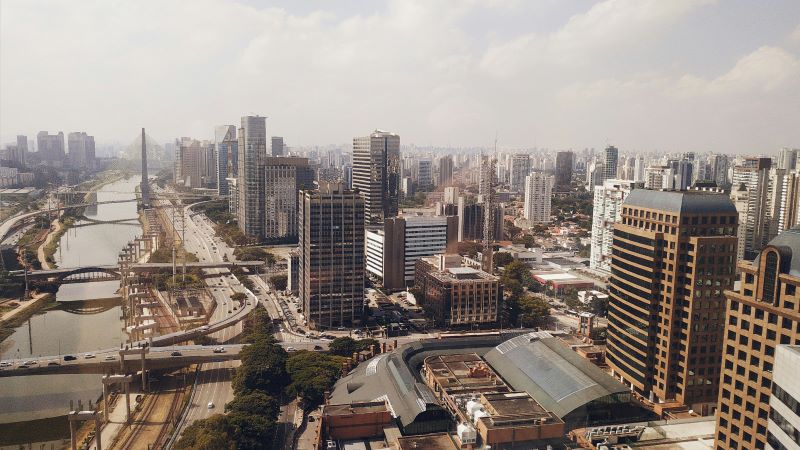Understanding how to get around São Paulo is essential for anyone living in, working in, or visiting Brazil’s economic capital. The city has one of the most complex transportation networks in Latin America, with options ranging from metro and train to mobility apps, bicycles, and private vehicles.
The city’s long distances and busy routine require planning. Choosing the right mode of transport directly impacts travel time, comfort, and cost—especially during rush hours.
Brasil ATM has gathered technical data, real-life experiences, and official information to create this complete guide on how to get around São Paulo. The goal is to provide the public with updated recommendations, comparisons, and best practices in urban mobility, contributing to a safer, more efficient, and sustainable experience in Brazil’s largest metropolis.

How to Get Around São Paulo?
São Paulo is recognized for its urban complexity. According to data from the Sustainable Cities Program, more than 9 million daily trips occur through public transportation alone. The rail network exceeds 370 km, while the municipal bus system covers all regions of the city, integrated via the Bilhete Único fare system.
Still, the challenge remains: the average daily commute exceeds 2 hours and 30 minutes, reflecting urban growth and job concentration in central areas.
This scenario requires careful route planning and strategic modal choice based on distance, time, and transport availability in the area of origin and destination.
What Are the Means of Transportation Available in São Paulo?
São Paulo’s mobility system combines public transport, ride-hailing apps, bicycles, and private vehicles. Brasil ATM explains how to choose the best option to travel with efficiency, comfort, and safety.
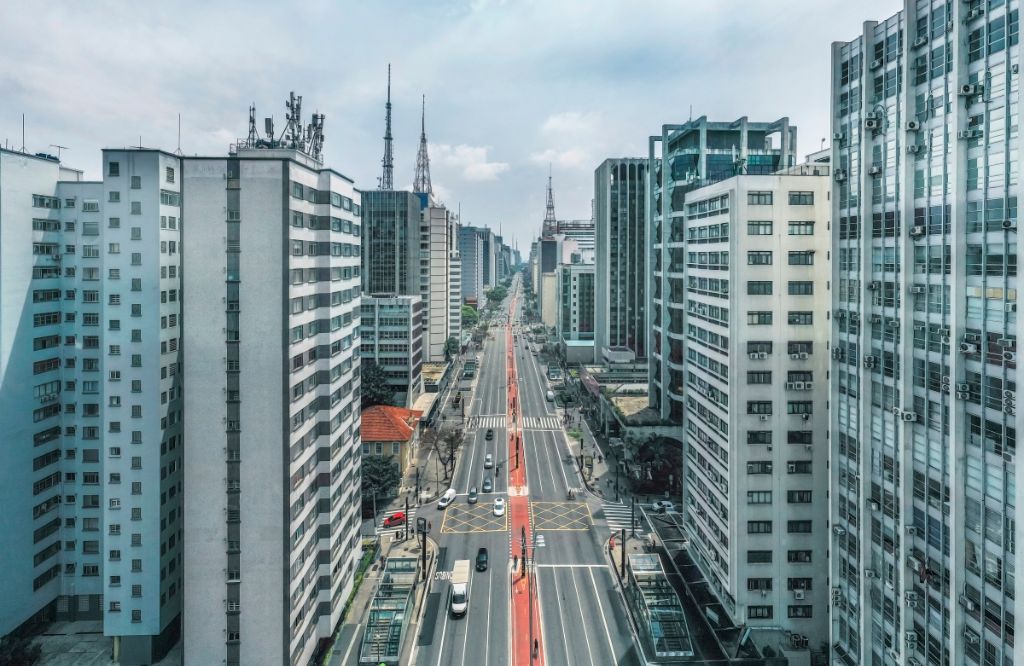
The city integrates public, private, and active transport modes, each designed for specific needs—whether prioritizing speed, convenience, affordability, or sustainability.
Below, Brasil ATM presents the main transportation modes available in São Paulo, their characteristics, advantages, and points of attention to help you choose the most efficient option for each trip.
Public Transport (Metro, Train, and Bus)
Public transport is the foundation of São Paulo’s mobility. Metro, train, and bus systems connect all regions of the city, offering fare integration, practicality, and affordability for daily commuting.
Public transportation is the backbone of São Paulo’s mobility network.
| Mode | Operation | Coverage | Advantages | Points of Attention |
| Metro | State Government / Partnerships | 6 lines in operation | Speed and reliability | Crowding during rush hours |
| Train (CPTM) | State Government | Metropolitan regions and metro connections | Long-distance service with integrated fares | Longer intervals and possible delays |
| Bus (SPTrans) | São Paulo City Hall | All city regions | Access to areas without metro/train | Subject to traffic |
Tip: Use the SPTrans app or Google Maps to check real-time routes and travel times. Intermodal integration can significantly reduce overall costs and commute time.
Ride-Hailing Apps and Taxis
Apps such as Uber and 99, along with regulated taxis, make it easier to move around São Paulo. Taxis can use exclusive bus lanes, allowing faster travel during rush hours.
These platforms are efficient alternatives, especially outside peak times or for direct trips.
- Advantages: comfort, speed, and digital payment.
- Limitations: variable costs depending on demand and distance.
- Recommendation: always check dynamic pricing and estimated arrival time before confirming your ride.
Regulated taxis remain an efficient alternative. Their ability to drive in exclusive bus lanes can significantly reduce travel time during heavy traffic, making them especially useful when you’re in a hurry or have appointments in central areas.
Private Vehicle and Car Rental
Driving provides autonomy in São Paulo but involves high costs and traffic restrictions. Ideal for areas without public transport, cars should be used strategically, with planning and a focus on sustainability.
Private motorized transport ensures independence but carries high expenses and environmental impact. In addition to fuel costs, consider tolls, parking fees, and the city’s vehicle rotation system.
Car use is recommended only when:
- The route is not served by public transport;
- There’s a need to transport goods or conduct business travel;
- Departure and return times fall outside rush hours.
According to FGV Cidades, the number of registered vehicles in São Paulo has grown by over 2% per year since 2020, reinforcing the need to prioritize sustainable alternatives whenever possible.
Active Mobility (Bicycles, Scooters, and Walking)
Active mobility is gaining ground in São Paulo. With more than 700 km of bike lanes and cycle paths, the use of bicycles, scooters, and walking promotes healthy, sustainable, and low-cost travel.
| Mode | Advantages | Precautions |
| Bicycle | Economical, sustainable, and healthy | Use safety gear and marked routes |
| Electric Scooter | Ideal for short distances | Follow local rules and return points |
| Walking | Free and beneficial for health | Plan safe, well-lit routes |
The City Hall maintains the Bike SP Program, with updated maps and integration points near metro stations and bus terminals.
How to Choose the Best Mode of Transport in São Paulo?
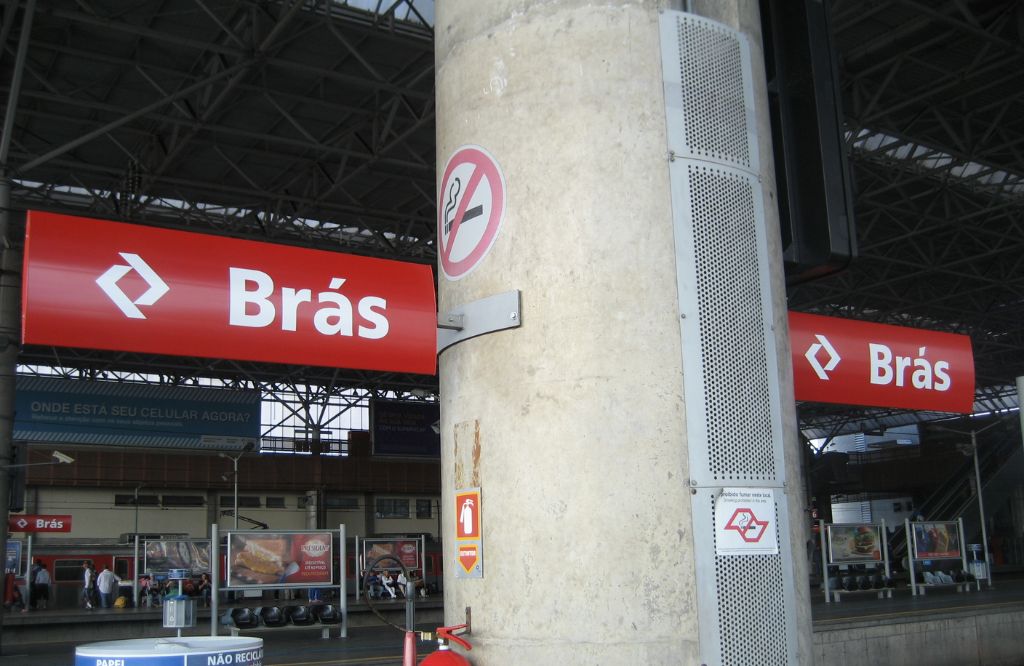
Your choice should consider time, cost, and convenience.
| Mode | Average Time | Approx. Cost | Best Use | Critical Points |
| Metro/Train | Fast | Low | Long distances, rush hours | Crowding |
| Bus | Medium | Low | Areas without metro lines | Heavy traffic |
| App/Taxi | Variable | Medium-High | Door-to-door, short trips | Dynamic pricing |
| Car | Variable | High | Remote areas | Parking and restrictions |
| Bicycle | Short | Very low | Local trips | Safety and weather |
Recommended steps:
- Define origin and destination.
- Check available options.
- Compare estimated time and total cost.
- Review peak hours and alternatives.
- Choose a main mode and a backup plan.
Practical Tips for Getting Around São Paulo
Planning your commute in São Paulo is essential. Track metro, train, and bus status, avoid peak hours, and use the Bilhete Único card to save time and ensure safer, more convenient trips.
- Plan ahead and check for possible interruptions in metro and train lines.
- Avoid rush hours (7 a.m. – 9 a.m. and 5 p.m. – 7 p.m.) whenever possible.
- Keep mobile internet to update routes in real time.
- Use the Bilhete Único, which allows fare integration and reduces costs.
- Prioritize safety—stay in well-lit, busy areas.
- Monitor the weather, as heavy rain can affect traffic and bus operations.
Best Data and Monitoring Sources for Urban Travel
- SPTrans – lines, schedules, and integrated fares
- Metrô SP – maps and operational status
- CPTM – metropolitan lines and updates
- São Paulo City Hall – cycling infrastructure
- DETRAN SP – traffic rotation and restrictions
- Department of Urban Mobility – traffic and transport reports
Staying informed through these official sources ensures more assertive decisions and helps avoid disruptions.
Conclusion
Planning how to get around São Paulo ensures savings, safety, and efficiency. With the support of Brasil ATM, travelers can choose the best transport option and contribute to more sustainable mobility.

Knowing how to get around São Paulo is crucial to optimizing time, cost, and safety. The city offers multiple transportation options but requires careful analysis and daily planning.
Brasil ATM recommends planning each trip based on time, route, modal integration, and travel purpose, always relying on official information and trusted digital tools.
By mastering the city’s mobility alternatives, users transform commuting into an efficient part of daily life and help build a more organized and sustainable city.
Where to Withdraw Cash at 24-Hour ATMs in Brazil
To make the most of your trip to São Paulo, it’s advisable to carry some cash. This ensures a smoother experience, as certain places still require cash for meals, transportation, and attraction tickets.
| Location | Address |
| Shopping Top Center | See all locations here |
| Tivoli Mofarrej | See all locations here |
| Pestana São Paulo | See all locations here |
| Rosewood São Paulo | See all locations here |
| Renaissance São Paulo Hotel | See all locations here |
Discover Brasil ATM
At Brasil ATM, we see Brazil as a country full of unique beauty and fascinating culture. Our portal, supported by the global brand ATM24h, reflects our passion for Brazil. Our mission is to inspire travelers to explore its wonders safely and with reliable information.
We provide accurate, updated, and inspiring content in three languages. With us, you’ll find everything you need to plan your trip confidently — including travel guides, detailed itineraries, and practical tips.
Our goal is to help create lasting memories. We’ll show you Brazil’s natural and cultural beauty — from iconic destinations like Rio de Janeiro and São Paulo to hidden gems like Lençóis Maranhenses and Fernando de Noronha. We’re here to help you make the most of your journey.

Read more articles about São Paulo:
Frequently Asked Questions
São Paulo offers one of the most comprehensive transport networks in Latin America, including metro, train, bus, apps, and bicycles. Planning your route is key to balancing time, cost, and comfort. Consult Brasil ATM and plan your trip safely and efficiently.
The city combines public (metro, train, bus), private (apps, taxis), and active (bicycle, walking) modes. Each suits different profiles and distances. On Brasil ATM, find updated comparisons to choose the best one for your route.
The system uses the Bilhete Único card, allowing access to metro, train, and bus under a single fare — the most economical way to travel the capital. Brasil ATM explains how to use it effectively and avoid delays.
Yes, especially for direct trips or off-peak hours. Taxis have the advantage of accessing exclusive bus lanes, reducing travel time. Learn on Brasil ATM when to choose apps or taxis to avoid congestion.

